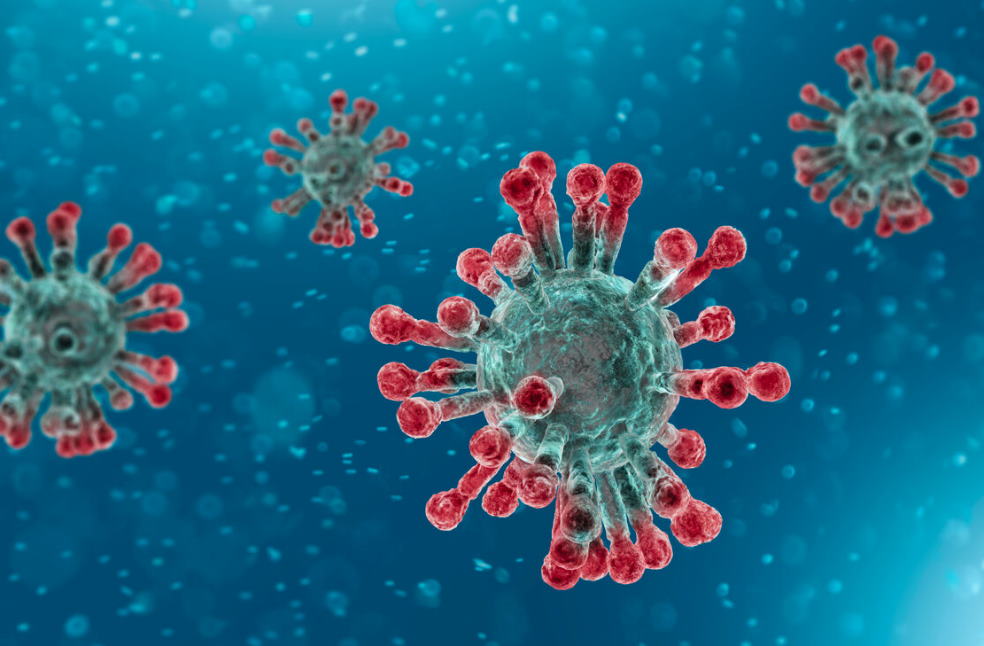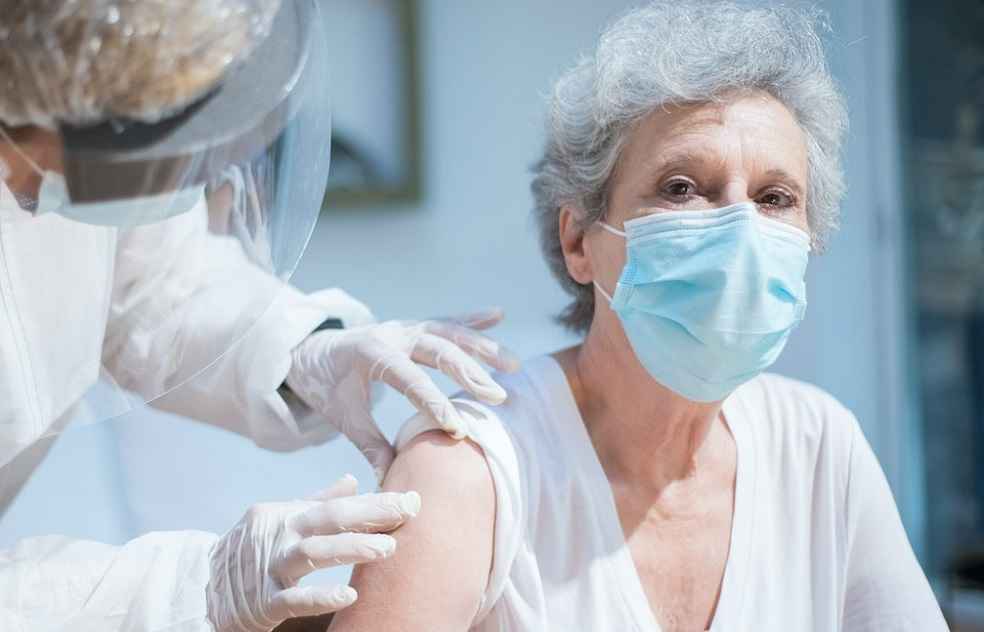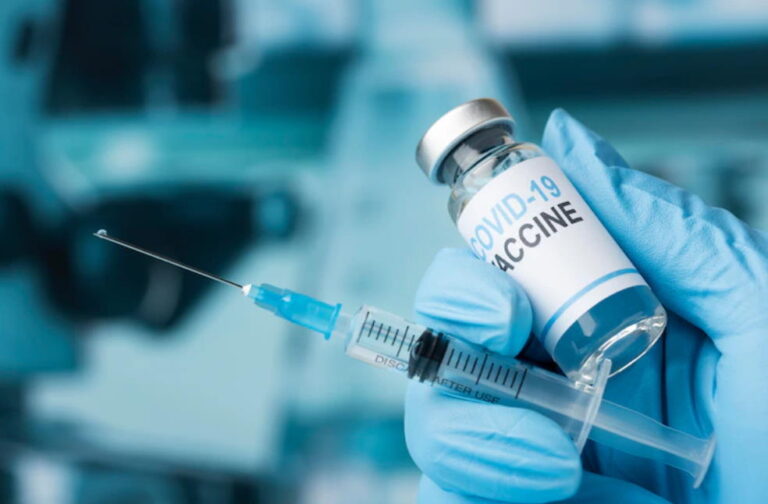Maryland, US: With the rapid evolution of new COVID variations and subvariants, each of which reduces the efficacy of the leading vaccines, the search is on for a new type of vaccination that is equally effective against present and future versions of the novel coronavirus.
Now, researchers at the National Institutes of Health in Maryland believe they have discovered a new method of vaccine design that could lead to the developing of a vaccine with a lengthy shelf life. It may also be effective against other coronaviruses, not just SARS-CoV-2, which produces COVID-19.

The “spine helix” of the virus is key to the NIH’s possible vaccine development. Within the spike, proteins form a coil-shaped structure that helps the virus attach to and infect our cells.
Current vaccinations frequently target the spike protein. But none of them target the spine helix explicitly. However, there are compelling reasons to focus on this portion of the pathogen. As the virus mutates, several areas of the spike protein tend to change significantly, but the spine helix does not.
Detailed study on Spine Helix
Mr. Joshua Tan, the NIH team’s leader stated that they “hope that an antibody targeting this region will be more durable and broadly effective.”
Vaccines that target and “bind,” for example, the receptor-binding domain portion of the spike protein, may lose efficacy if the virus mutates within this region. Immunologically speaking, the advantage of the spine helix is that it does not mutate. At least it has not yet mutated, three years into the pandemic.

Therefore, a vaccination that binds the spine helix of SARS-CoV-2 should be long-lasting. It should also be effective against the dozens of other coronaviruses, including the spine helix, SARS-CoV-1, and MERS, which have already jumped from animal to human populations and caused outbreaks.
To verify their idea, NIH researchers collected antibodies from 19 recovered COVID patients and tested them against isolates of five coronaviruses, including SARS-CoV-2, SARS-CoV-1, and MERS. Most of the 55 distinct antibodies targeted portions of the virus that were susceptible to mutation. Only eleven targeted the spinal helix.
On average, these 11 that targeted the helix of the spine were more effective against four coronaviruses. The NIH researchers isolated the most effective spine-helix antibody, COV89-22, and tested it on hamsters infected with the most recent subvariants of COVID’s Omicron variant. The scientists discovered that hamsters treated with COV-89-22 had a lower pathology score.

The NIH team pointed out that, “Although these data are useful for vaccine design, we have not performed vaccination experiments in this study and thus cannot draw any definitive conclusions about the efficacy of stem helix-based vaccines.”
Testing a few antibodies on hamsters is one thing. Creating, testing, and obtaining clearance for a whole new class of vaccinations is difficult. Mr. James Lawler, an infectious disease expert at the University of Nebraska Medical Center told the media that, “It is really hard, and most things that start out as good ideas fail for one reason or another.”
Limitations of the New Vaccine
While the spine-helix antibodies appear to be broadly effective, how they compare to more specialized antibodies is still being determined. In other words, a spine-helix vaccine could be effective against various distinct but related viruses. Still, it would be less effective against a specific virus than a jab explicitly designed for it.
The new vaccine may also be harmful, impossible to manufacture, or prohibitively expensive for widespread distribution. Mr. Barton Haynes, an immunologist at Duke University, told to the media that he examined spine-helix vaccine prototypes last year and found they were too expensive to merit significant investment. Mr. Barton claimed that spine-helix antibodies are weaker and harder to make from their parent B-cells.

The more difficult it is for the pharmaceutical industry to create a vaccine, and the more it must pack into a single dose to compensate for decreased efficacy, the less cost-effective mass production becomes.
A spine-helix puncture may be in the future. Or maybe not. In either case, the fact that scientists are making incremental progress toward a universal coronavirus vaccine is heartening. One that could be effective for many years against various similar viruses.
The COVID virus is not going anywhere. And with each mutation, the virus risks becoming unidentifiable to existing vaccines. We require a vaccination that is resistant to mutations.



